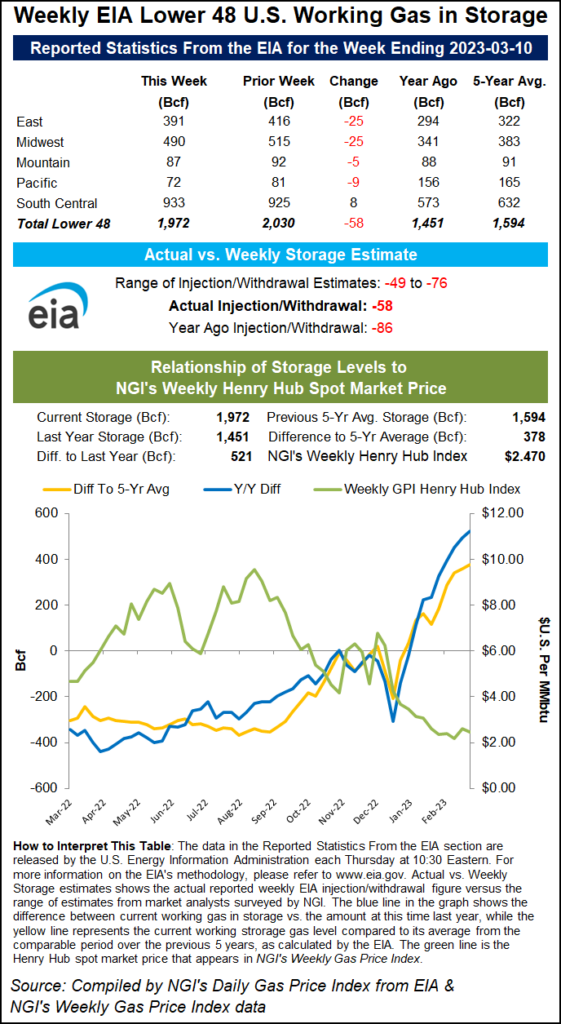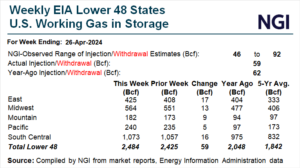Natural Gas Prices | Markets | NGI All News Access | Shale Daily
Weekly Natural Gas Spot Prices, Futures Flounder Despite Supportive Winter Weather
© 2024 Natural Gas Intelligence. All rights reserved.
ISSN © 2577-9877 | ISSN © 1532-1258 | ISSN © 2158-8023 |



